Waterproofing spray for outdoor adventures
The smartest way to use waterproofing spray and wash for tents, jackets and footwear! I usually get raindrops falling on my head, but since I waterproofed my gear, things...
read morenano coating of mineral and porous surfaces
Sandstone and limestone have been popular building materials for many centuries. They can be easily cut into precise blocks that are walled into magnificent buildings of all kinds. Built this way, many buildings since Roman times defied the weather – until coal dust and car exhaust turned the rain sour. Today, the rapid deterioration of historic building fabric is viewed with concern in many places. But there is a solution: Nano sealants not only seal porous building materials, they also protect them from chemical attack.
Water alone hardly affects a facade made of limestone or sandstone. The eroding effect of rain is minimal. However, this is provided that the rainwater is properly drained away via gutters and pipes. If a rain pipe has a leak and water constantly runs down the house wall at a certain point, a visible trace will quickly appear there even on the firmest stone. No nano-sealing will help here, only an intact drainage of the rainwater. If the pH content in the water rises due to soot, carbon dioxide and other exhaust gases, then even normal rain can affect a facade. “Acid rain” has only a slightly increased pH value. But this is enough to dissolve mineral and porous surfaces. As soon as the acid rain has created the smallest capillaries, water can penetrate and linger in the surface.
Get in touch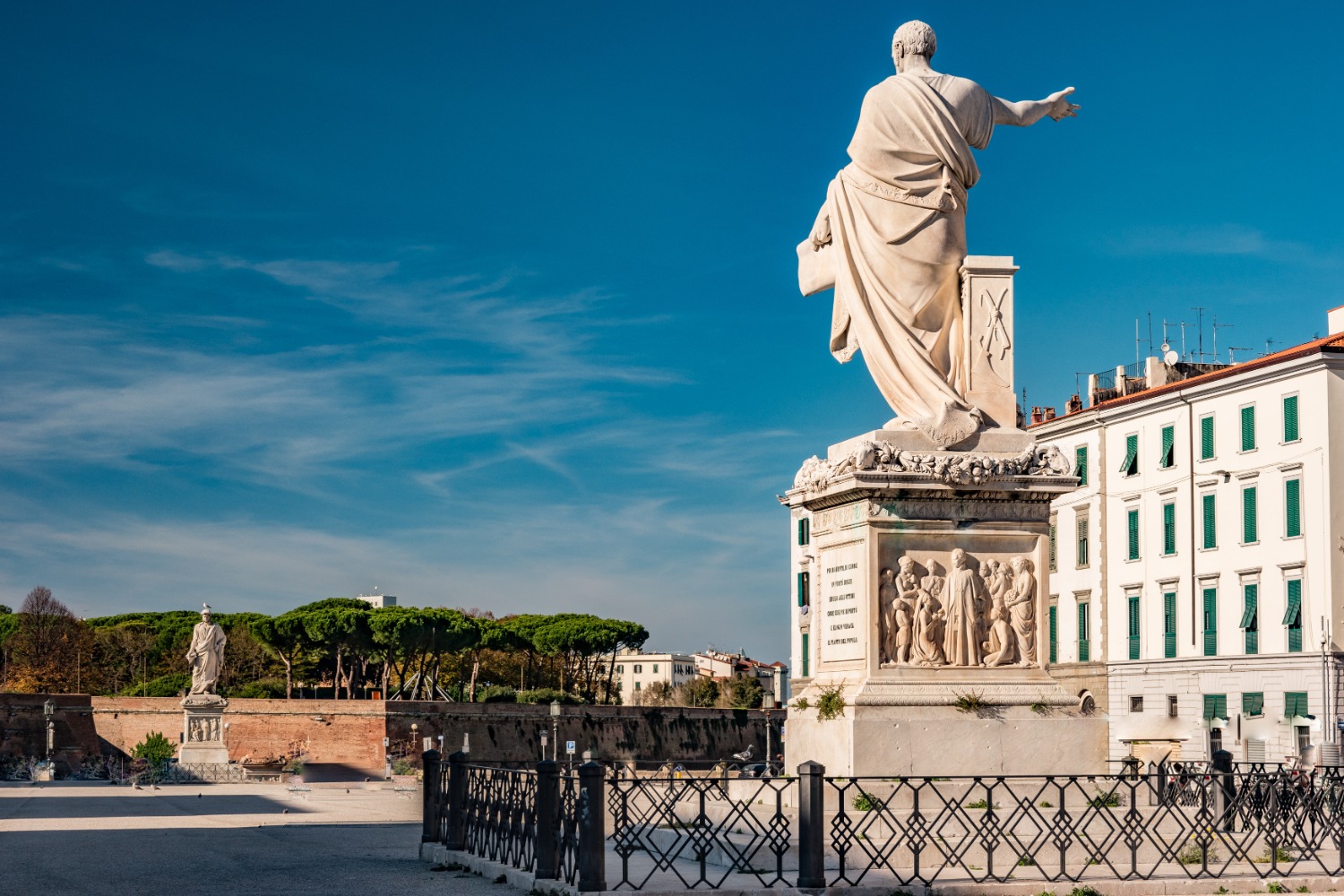
Then all it takes is one cold frosty night. The water expands as it solidifies into ice and blasts the facade open more and more. There is no need to worry about structural stability, because this process takes place in the range of millimeters. However, the facade becomes increasingly unsightly over the years. In particular, strongly structured surfaces, such as sand-lime facing bricks with broken outer edges, lose their characteristic appearance. In addition, the capillaries are ideal attack points for mosses and lichens. Although these do not destroy the building fabric, they do give the facade a very dirty, weathered and unkempt appearance.
Get in touch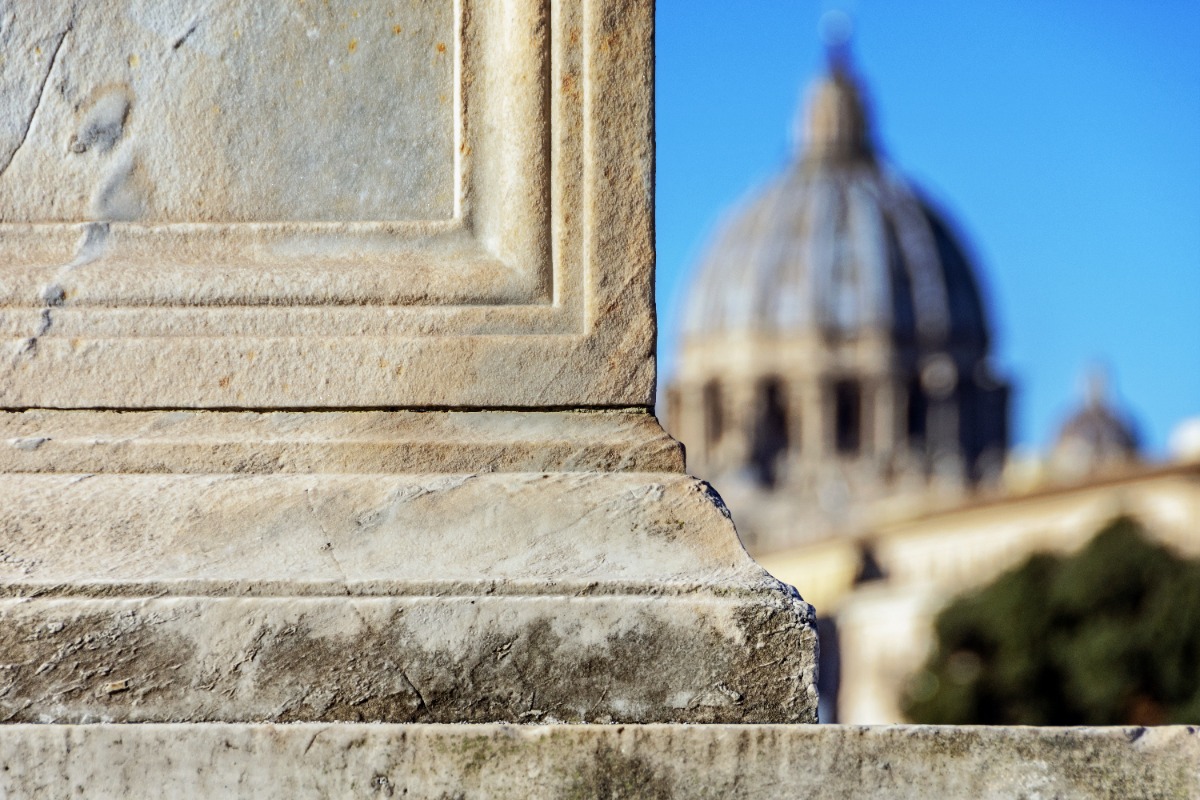
To protect a facade from progressive weathering, sealing is the best option. This is especially true for historic buildings, for which plastic or metal paneling is not an option. There are two approaches to sealing facades:
Epoxy resin consists of two components. Depending on the mixing ratio, the resin becomes thicker or thinner. After curing, the epoxy resin creates a closed surface. It is available in all colors. This makes it possible to seal and repaint painted facades in a single operation. Epoxy resin is sprayed on. In the liquid state, it penetrates into the capillaries of the masonry.
Get in touch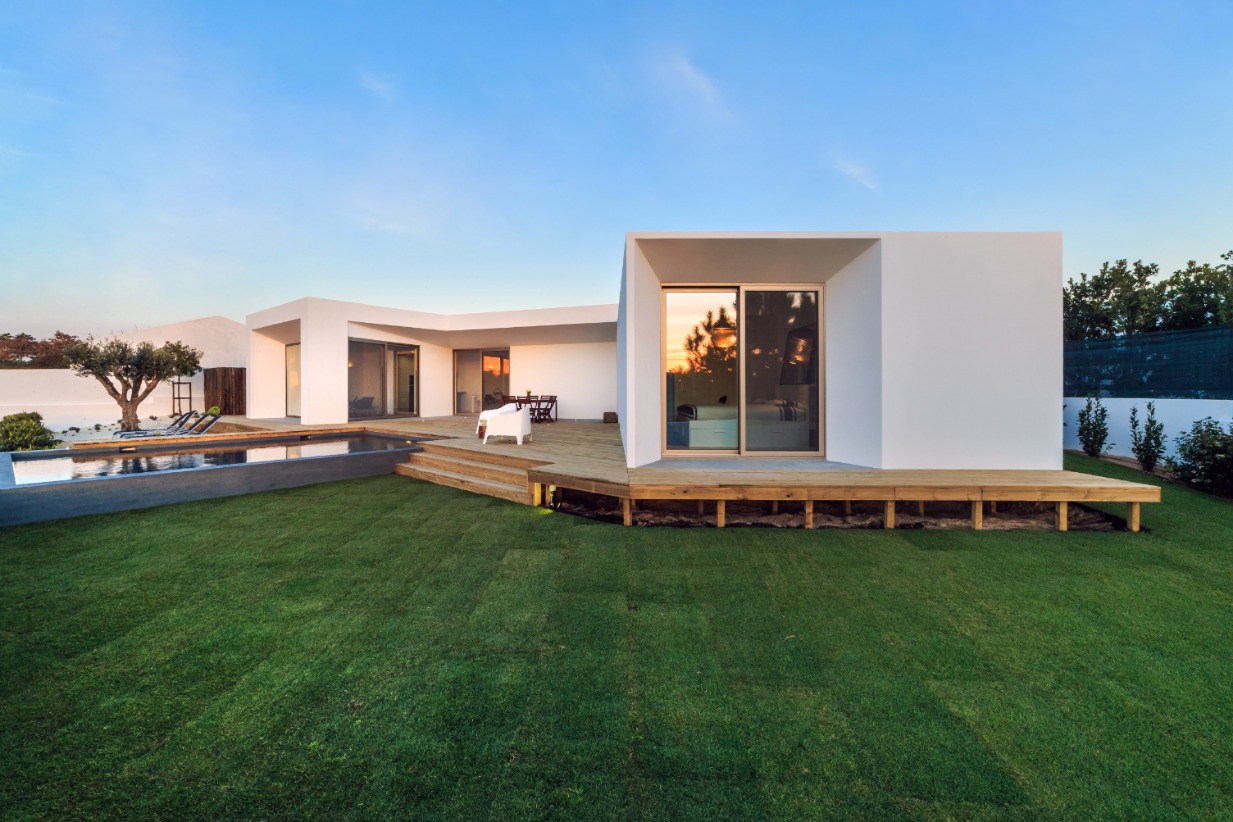
![]()
Only a closed nano-sealing consisting of Nanoflex TPM 300 as primer and Nanoflex AG 1-4 as stain protection guarantees that no more water can penetrate the building fabric.
![]()
On the outside, the sealant hardens into an almost invisible film. This film finishes with a special feature: after solidification, the surface has a structure that has a “lotus effect”.
![]()
The lotus effect is named after the lotus flower. Microscopic “bumps” ensure that no new dirt can adhere to the surface. The facade therefore cleans itself with every rain shower and shines again as if freshly painted.
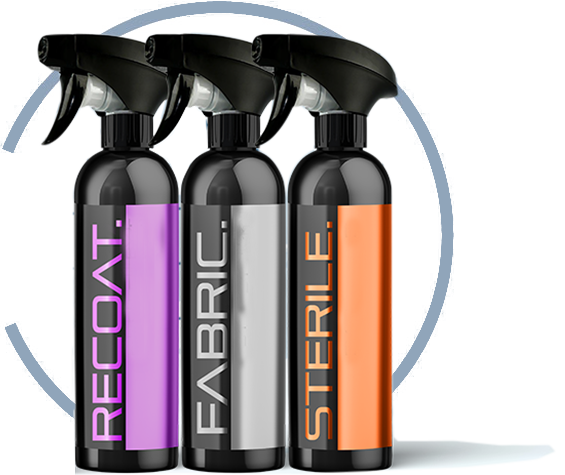
Epoxy resin consists of two components. Depending on the mixing ratio, the resin becomes thicker or thinner. After curing, the epoxy resin creates a closed surface. It is available in all colors. This makes it possible to seal and repaint painted facades in a single operation. Epoxy resin is sprayed on. In its liquid state, it penetrates the capillaries of the masonry. Thus, it not only holds very well to the wall due to a lasting anchorage. It also creates a closed, air- and water-tight surface. To the outside, clear epoxy darkens the surface a little and creates a glossy effect. However, its use should be chosen wisely. Epoxy resin is sensitive to UV light. With constant exposure to sunlight, it becomes cracked and cloudy. Its restoration is extremely difficult and, as a rule, does not work without damaging the building fabric. Epoxy resin is therefore suitable mainly for interior use. It is very popular for sealing concrete. For facades, therefore, nano-sealing made of silicon oxide such as Nanoflex AG 1-4 or TPM 300 is preferred. Silicon oxide is basically little more than normal, extremely finely ground sand. To create a waterproof surface, this sand is mixed with silicone slurry. The rubbery material is so thin that it can also penetrate deep into the capillaries. Mineral and porous surfaces can be sealed with it to a depth of 2 cm.
Nanoflex® AG 1-4 creates an ultra-thin breathable 3D network at the substrate surface, which permanently keeps water and dirt out of the pore system. Coated materials can thus increase resistance to freeze-thaw testing by a factor of 3 (EN 1338) and remain clean for over a decade.
Its water- and dirt-repellent properties on all mineral and absorbent surfaces additionally increases the range of applications to the field of monument protection and sand.
The strong chemical bond to the OH groups of the surfaces ensures extraordinary permanence in terms of weather resistance, as well as mechanical and chemical resistance.
Due to the intelligent arrangement of hybrid (organic and inorganic) structures, Nanoflex® AG 1-4 is part of the INTELLIGENT HYBRIDS® concept of the Nano-Care Deutschland AG.
* It should be noted that the initially strong beading effect may weaken after a few years due to the overlay of very fine dust particles. However, this in no way impairs the protection.
| Specifications | |
| Chemical base: | Modified silica |
| Layer thickness: | approx. 100-150 nm |
| Water repellency: | between 130° and 150° (20μl) |
| Oil repellency: | between 120° and 130° (20μl) |
| Glide angle: | not applicable |
| Temperature stability: | 250°C permanent, 450°C peak |
| Chemical stability: | between pH 1 and pH 13 |
| Weathering resistance: | 3500h according to ISO 11507 A |
| Resistance (mechanical): | depending on substrate |
| Salt water resistant: | yes |
| Transparency: | 100% |
| Storage stability: | 2 years |
| Temperature sensitivity: | 1°C to 30°C |
| Consumption: | 80 – 150 ml/m2 |
| Application: | The coating liquid is applied to the surface by standard pump spray systems. If the substrate cannot absorb the liquid immediately, the use of a paint roller is recommended to ensure uniform wetting. The coating is stable to water after approx. 6 hours and fully cured after 24 hours. The product can also be applied after deep hydrophobization of the surface by Nanoflex® Infusion. The pretreatment should be allowed to flash off for 5 days before Nanoflex® AG 1-4 is used as top coat. |
Nanoflex® AG 1-4 is additionally available in the quality grades VP 172 and AG. These formulations contain a lower (VP 172) or higher (AG) proportion of active components. The product is water-based and not a hazardous material according to ADR and IATA. It can also be shipped as a liquid concentrate (Nanoflex® Concentrate SP).
For handling Nanoflex® AG 1-4 please refer to the corresponding safety data sheet.
Nanoflex® Infusion creates an ultra-thin breathable 3D network in the depth of the pore system, which permanently keeps out pressing water, and is thus certified according to DIN EN 1504 – 2.
Its water- and dirt-repellent properties on all mineral and absorbent surfaces additionally increases the range of applications to the field of monument protection.
The strong chemical bond to the pore system of the surfaces ensures extraordinary permanence in terms of weather resistance as well as mechanical and chemical resistance.
Due to the intelligent arrangement of hybrid (organic and inorganic) structures, Nanoflex® Infusion is part of the INTELLIGENT HYBRIDS® concept of the Nano-Care Deutschland AG.
| Specifications | |
| Chemical base: | Modified silica |
| Coating thickness: | not applicable |
| Water repellency: | not applicable |
| Oil repellency: | not applicable |
| Glide angle: | not applicable |
| Temperature stability: | 250°C permanent |
| Chemical stability: | between pH 1 and pH 14 |
| Weathering resistance: | 3500h according to ISO 11507 A |
| Resistance (mechanical): | very high |
| Salt water resistant: | yes |
| Transparency: | slight color deepening possible |
| Storage stability: | 2 years |
| Temperature sensitivity: | -3°C to 30°C |
| Consumption: | 130-300 ml/m2 |
| Application: | The coating liquid is applied by flooding it thoroughly, allowing it to flow against the surface without pressure. The coating is stable to water after approx. 24 hours and fully cured after 5 days. |
Nanoflex® Infusion is ready for use. The product is solvent-based and a dangerous good according to ADR and IATA.
For handling of Nanoflex® Infusion please refer to the corresponding safety data sheet.
Nanoflex® AG System Coat creates an ultra-thin breathable 3D network at the substrate surface, which permanently keeps water and dirt out of the pore system. Coated materials can thus increase resistance to freeze-thaw testing by a factor of 3 (EN 1338) and remain clean for over a decade.
Its water- and dirt-repellent properties on all mineral and absorbent surfaces additionally increases the range of applications to the field of monument protection and sand.
The strong chemical bond to the OH groups of the surfaces ensures exceptional permanence in terms of weather resistance and mechanical and chemical resistance.
The graffiti remover Nanoflex® AG System Clean, which is matched to the formulation, allows residue-free removal of graffiti over 10 cleaning cycles.
Nanoflex® AG System, through the intelligent arrangement of hybrid (organic and inorganic) structures, is part of the INTELLIGENT HYBRIDS® concept of the Nano-Care Deutschland AG.
* It should be noted that the initially strong beading effect may weaken after a few years due to the overlay of very fine dust particles. However, the protection is in no way impaired by this.
| Specifications | |
| Chemical base: | Modified silica |
| Layer thickness: | approx. 100-350 nm |
| Water repellency: | between 130° and 150° (20μl) |
| Oil repellency: | between 120° and 140° (20μl) |
| Glide angle: | not applicable |
| Temperature stability: | 250°C permanent, 450°C peak |
| Chemical stability: | between pH 1 and pH 13 |
| Weathering resistance: | 3500h according to ISO 11507 A |
| Resistance (mechanical): | depending on substrate |
| Salt water resistant: | yes |
| Transparency: | 100% |
| Storage stability: | 2 years |
| Temperature sensitivity: | 1°C to 30°C |
| Consumption: | 80-200 ml/m2 |
| Application: | The coating liquid is applied to the surface by standard pump spray systems. If the substrate cannot absorb the liquid immediately, the use of a paint roller is recommended to ensure uniform wetting. The coating is stable to water after approx. 6 hours and fully cured after 24 hours. The product can also be applied after deep hydrophobization of the surface by Nanoflex® Infusion. The pretreatment should be allowed to flash off for 5 days before Nanoflex® AG System Coat is used as top coat. |
After contamination by graffiti, Nanoflex® AG System Clean is applied generously to the surface. The reaction time is 10-15 min. Then rinse off with clear water. If the graffiti is not completely removed, the work step can be repeated several times.
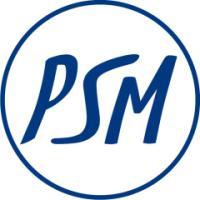

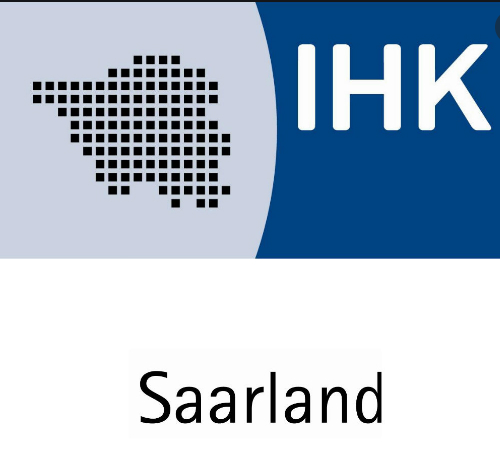




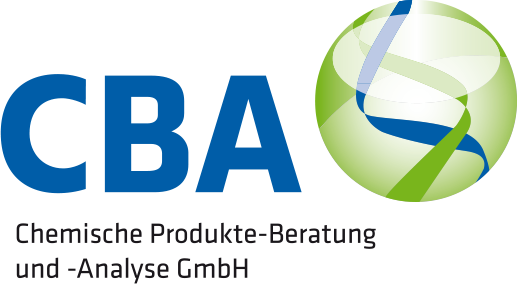
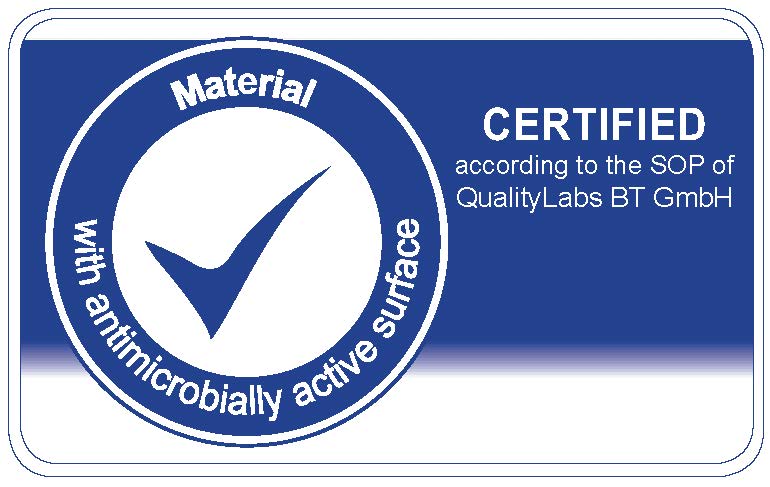



As Nano-Care AG sales partner in the international aviation market, we were able to successfully qualify and list the product with the Liquid-Guard technology by AIRBUS as the first product of this kind for the protection of surfaces against viruses and germs in all cabins.
The Liquid-Guard technology for surface coating is a proven result of scientific innovation “Made in Germany”, which will not only currently, but also in the future, play an important role in the protection of our health.
The service and the professional, scientific support as well as the cooperation for us as partners of Nano Care AG, we can only rate as outstanding and exemplary in every respect.
In particular, we would like to thank Dr. Fabienne Hennessen for her work.Jörg Schukies , AIRDAL GmbH / Decorative Products GmbH; Quality System Manager / Quality Auditor
A very professional team!
Nanocare is a reputable company with excellent products, probably the best nanoproducts on the market.
They have been a reliable partner for many years.Toni Jacquot, NanoProtection, France
We were looking for an innovative company that could provide modern solutions in different business areas. Nano Care took the time to understand who we are as a company and the market in which we operate. So far, we have worked with their building and textile protection products, Dura ceramic coatings for automobiles, and the revolutionary Liquid Guard antimicrobial coating. The feedback we receive from our customers is more than satisfactory. We wholeheartedly recommend working with Nano Care and implementing their solutions.
Grigor Mihov , CEO Nano Coat Bulgaria
The smartest way to use waterproofing spray and wash for tents, jackets and footwear! I usually get raindrops falling on my head, but since I waterproofed my gear, things...
read moreThis spray allows any type of bacteria to be killed on surfaces for a period of more than a year – even the “superbugs”! Every year we hear about...
read moreA hype or a profitable investment? Field report on ceramic sealants for cars The internet is full of questions like, “What is the best ceramic coating?” or “Are nano-ceramic...
read more